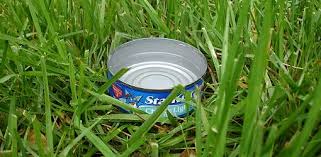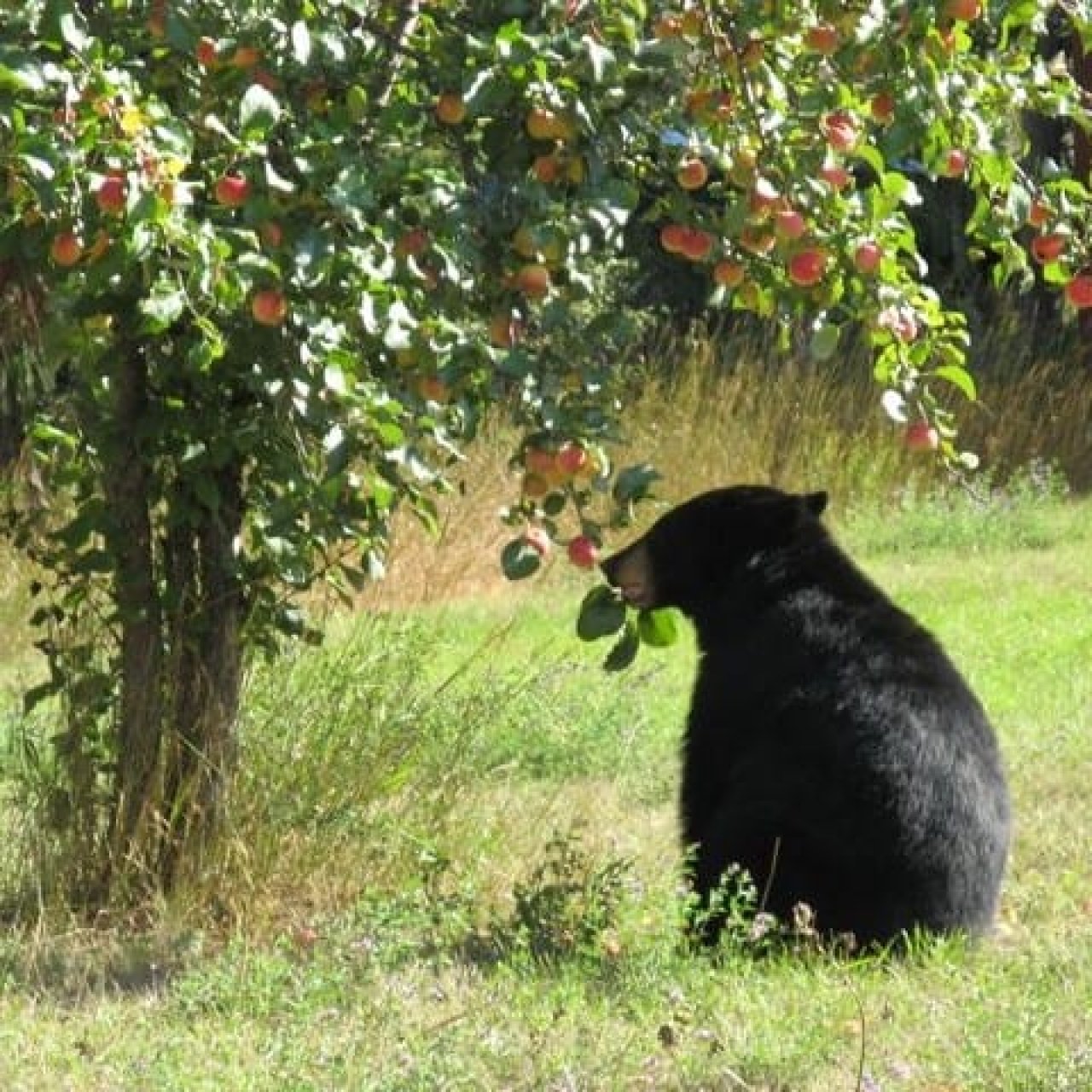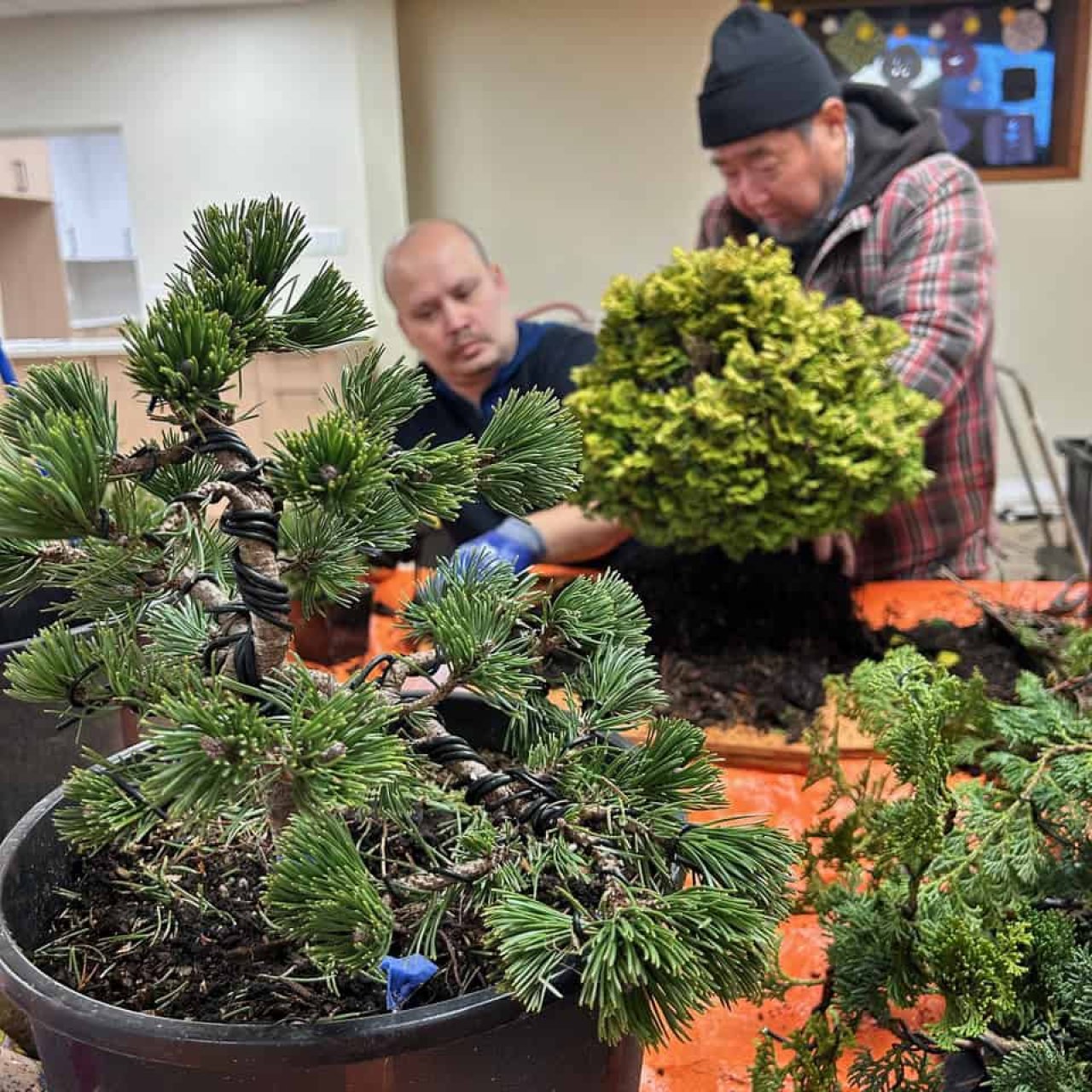Hot-weather tips for local lawns
L
 awns need at least one inch of water per week, and more when the heat is severe. Use a rain gauge or straight-sided can to keep track of the amount of water received from rainfall and irrigation.
awns need at least one inch of water per week, and more when the heat is severe. Use a rain gauge or straight-sided can to keep track of the amount of water received from rainfall and irrigation.Water deeply and less frequently to encourage drought-tolerant roots.
Water early in the day to reduce evaporation and fungal growth.
Either water your lawn regularly and deeply, or don’t water at all. Don’t let your lawn go brown and dormant, then try to “water it back to life.” If your lawn goes dormant in summer, it should stay that way until fall – don’t worry, it should recover once the weather changes.
Raise your mower blade in the summer. Taller grass is more drought-tolerant, grows deeper roots, and helps shade the earth to prevent weed seeds from germinating. Cool-season grasses should be mowed at 3” to 4” during the summer, or as high as your blade will go, while warm-season grasses should be mowed at 2” to 3”.
Mulching grass clippings helps keep moisture levels steady.
Mow regularly, to prevent cutting more than 1/3 of the grass blade at a time. This keeps your grass healthier and prevents the clippings from smothering the grass.
Keep mower blades sharp. Make sure your mower is cutting your grass, not tearing it, to minimize stress during hot temperatures.
Looking for more?
-
Dec 161:00 PM - 2:30 PMLynn Valley Library 1277 Lynn Valley Rd, North Vancouver BC V7J 0A2, Canada
-
Dec 17
Lynn Valley Legion General Meeting
6:30 PM - 7:30 PMRoyal Canadian Legion, 1630 Lynn Valley Rd, North Vancouver, BC V7J 2B4, Canada -
Dec 18
Hot Cocoa with a Youth Worker
3:30 PM - 4:15 PMLynn Valley Library 1277 Lynn Valley Rd, North Vancouver BC V7J 0A2, Canada -
Dec 19
Meat Draw and 50/50
6:30 PM - 8:30 PMRoyal Canadian Legion Branch 114, 1630 Lynn Valley Rd, North Vancouver, BC V7J 2B4, Canada






